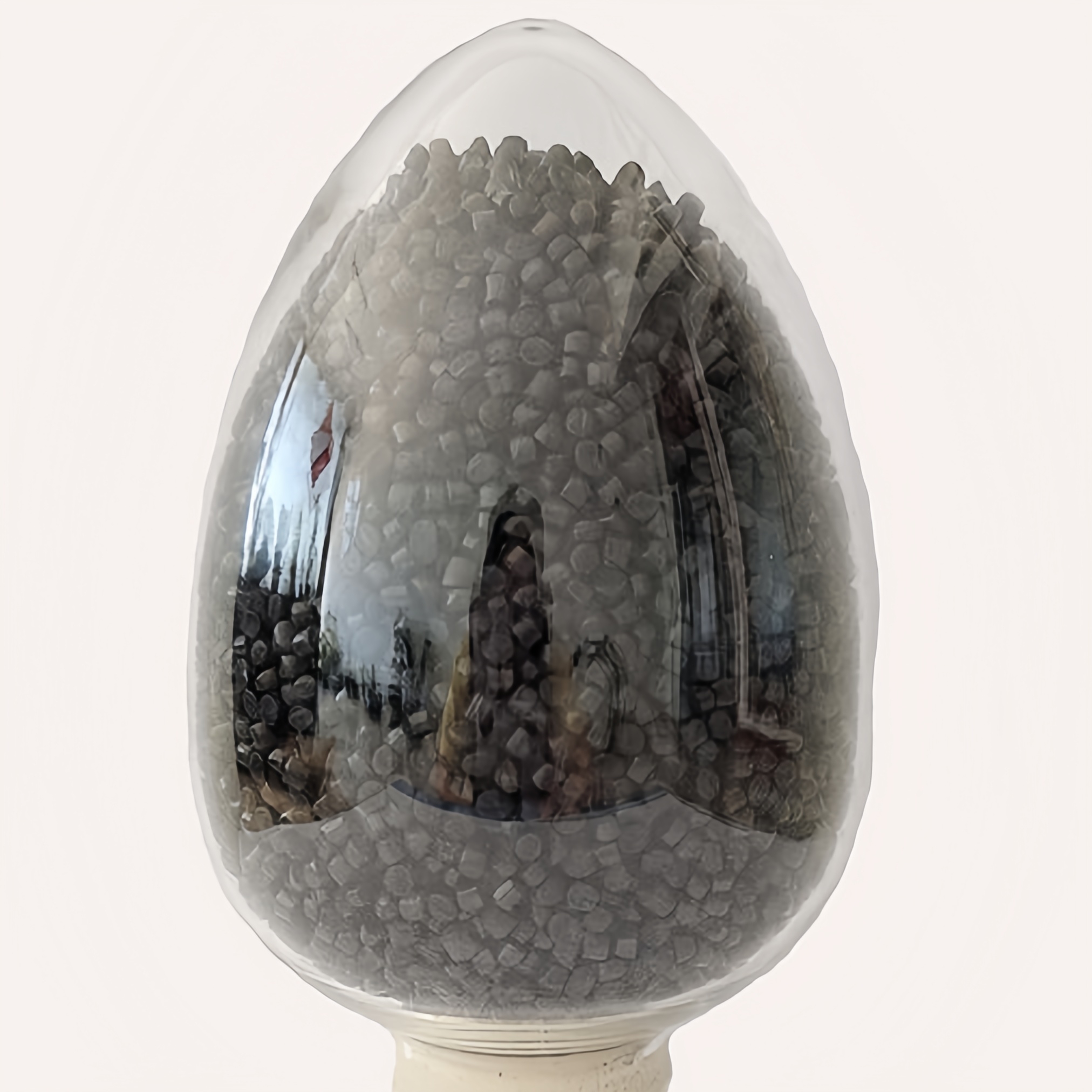Innovations in Cable Manufacturing: Exploring Peroxide Crosslinking Semi-Conductive Shielding Material
![微信截图_20240410153028]()
In the dynamic landscape of cable engineering, the utilization of peroxide crosslinking has emerged as a cornerstone technology, revolutionizing the manufacturing process and elevating the performance of cable systems. At the heart of this innovation lies the peroxide crosslinking semi-conductive shielding material, a sophisticated compound engineered to enhance both the electrical and mechanical properties of cables.
Through a meticulous crosslinking process, organic peroxides are integrated into the polymer matrix of the shielding material. This process results in the formation of robust chemical bonds within the material, imparting unparalleled durability and resilience. The crosslinked structure not only strengthens the material but also enhances its resistance to heat, moisture, and mechanical stress, ensuring reliable performance in even the most demanding environments.
The benefits of peroxide crosslinking extend beyond durability to encompass superior electrical conductivity and shielding effectiveness. By enhancing the material's conductivity, peroxide crosslinking facilitates efficient signal transmission while minimizing power losses. Additionally, the semi-conductive nature of the shielding material enables it to mitigate electromagnetic interference (EMI), safeguarding sensitive electronic components from external disturbances.
Moreover, the versatility of peroxide crosslinking shielding material allows for customization to meet specific application requirements. Engineers have the flexibility to adjust the composition and processing parameters to optimize performance for diverse cable types and operating conditions. Whether it's high-voltage power cables, telecommunications infrastructure, or automotive wiring harnesses, peroxide crosslinking enables the tailoring of cable systems to deliver optimal performance and durability.
In conclusion,
peroxide crosslinking in cable manufacturing represents a paradigm shift, offering unparalleled performance and durability while providing the flexibility to meet the diverse needs of modern electrical systems. As the industry continues to evolve, peroxide crosslinking stands as a testament to innovation and advancement in cable engineering, driving progress and reliability in electrical infrastructure worldwide.






































